How to Build a Floating House? Three Superb Examples
Building a floating home is of course challenging on many levels, considering you have to integrate it in a completely different environment. But living in one is such a great experience and adventure. You can change location and scenery, lay in the sun, swim and fish all day. Plus, the way they are made these days, these homes are very environmental friendly. They produce the energy they need and ensure wastewater treatment. Here are some facts on how to build a floating house and three superb examples you might enjoy as much as we did.
American architect Eric Cobb, who has several floating houses in his portfolio, explains what’s different about this kind of building.
The most important thing is to retain buoyancy, which is done in two ways. All floating homes now are built with concrete floats. One way is to use the concrete as a giant floatation device with Styrofoam inside it, where the Styrofoam is floating and the concrete is forming an upside-down bowl over the Styrofoam. The Styrofoam does lose some of its buoyancy over time, and then the only recourse is to put barrels underneath. The other option is that the concrete float ends up floating because it’s displacing water. It’s a bowl filled with a void. Here you have massive amounts of water pressure looking for any crack to power water into your displaced cavity and you have to use water-proofing measures to prevent this.
Then, you have to watch your weight on water. Add a couple thousand pounds here and it goes down half an inch. A few barrels can take care of that, but in time they move and sometimes they pop out. So there’s a bit of ongoing float adjustment for all floating homes.
A floating house can be built on land or on water. If you build on land, you have to use gigantic travel mechanisms to transport it. You’re dropping it in the water and keeping your fingers crossed that it’s going to work out like you want. Building in the water is much more popular, but you can’t use a plumb bob or level because it’s moving all the time.
How to Build a Floating House? “Floatwing”

This home was created by a Portuguese design firm. The Floatwing is made up of two levels: the long floating deck and the accessible upper deck that doubles as a roof. The glass-clad daylit living area is lined with wood and includes a fully equipped kitchen, heat pump, AC generator, barbecue on the upper terrace, a wine cellar, and zero to three bedrooms depending on the model selected. The windows can be opened in the summer for natural ventilation, while a pellet stove keeps the space warm and toasty in winter. It boasts a small environmental footprint and can produce up to 100 percent of its annual energy needs over six months.
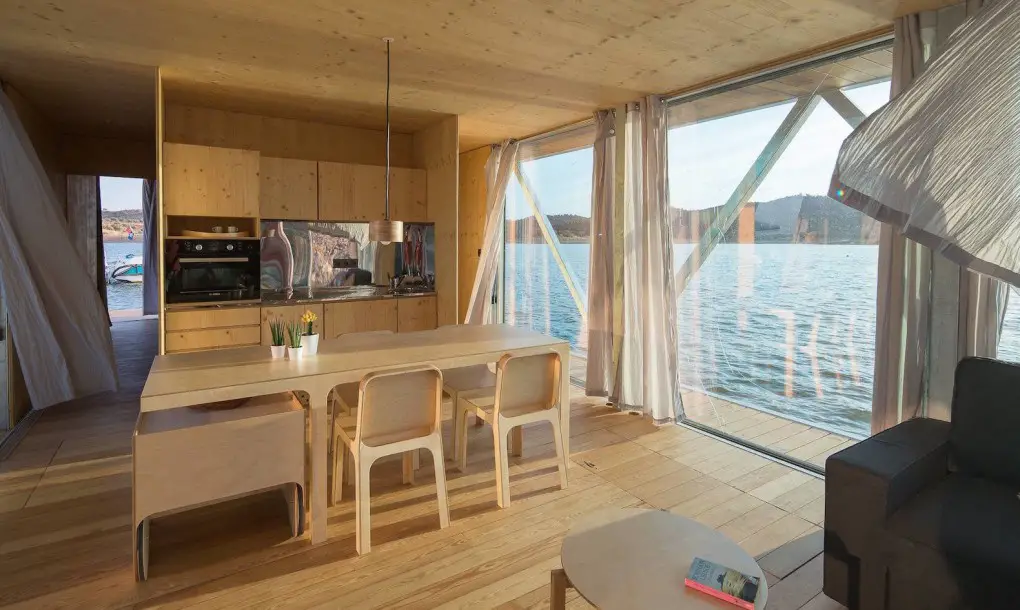
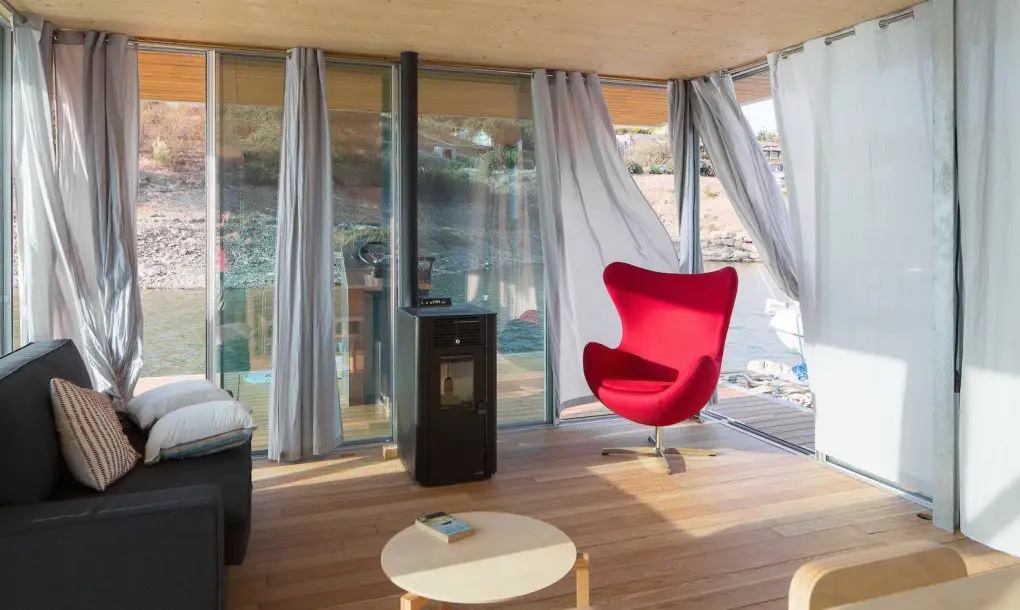
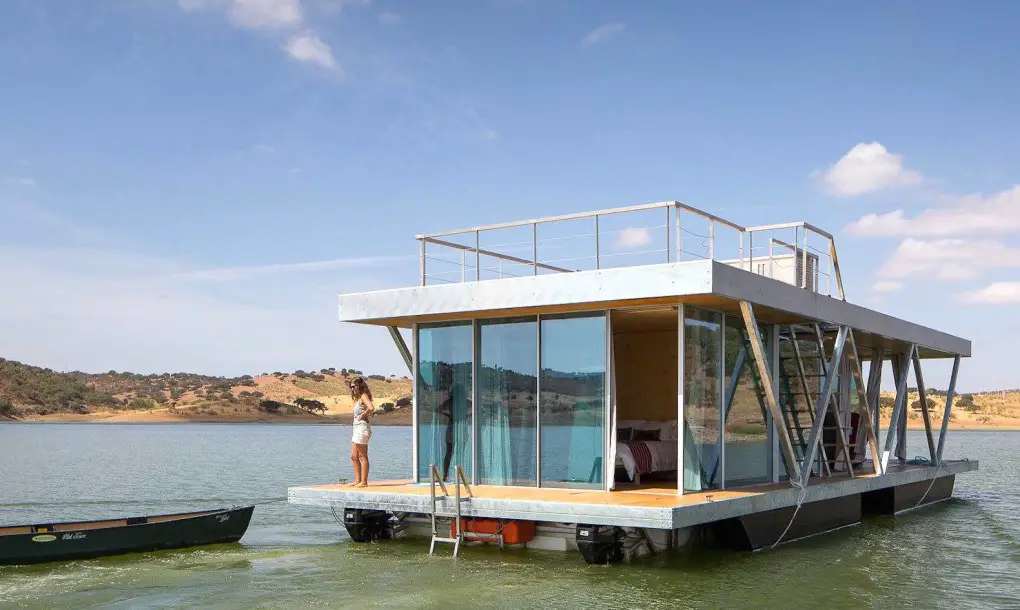
How to Build a Floating House? Solar panels boathouse
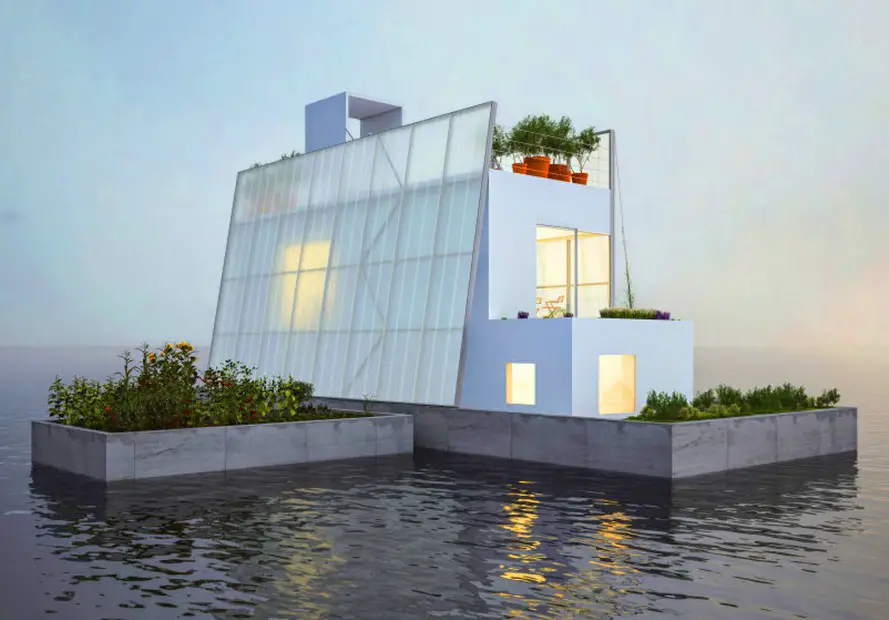
This house was meant to address the growing problem of flooding around the UK and in other parts of the world. The design is part-floating house, part-boat, and 100 percent self-sufficient, carbon-neutral home that generates its own electricity with built-in solar panels. It’s built on two levels, with the bedrooms on the “ground floor” and the living spaces on the first floor, covered by the “green” roof terrace. There are also gardens on the base of this unique, lightweight structure.
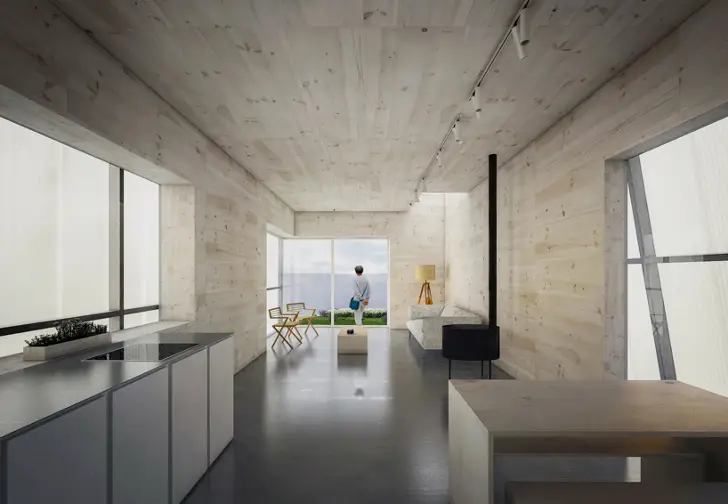
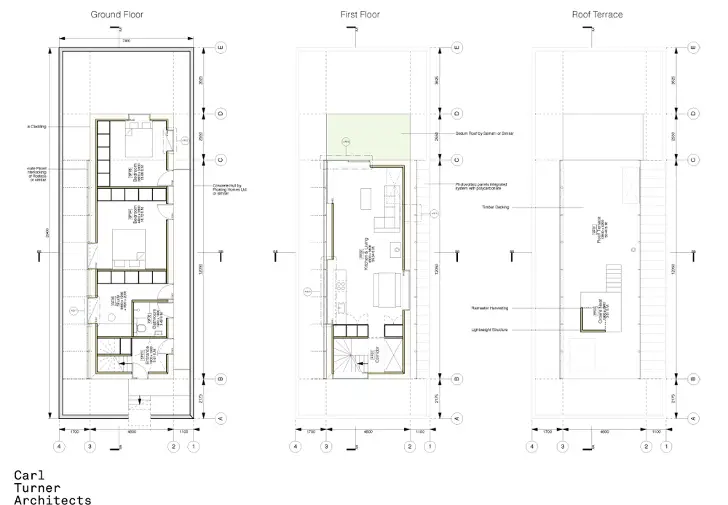
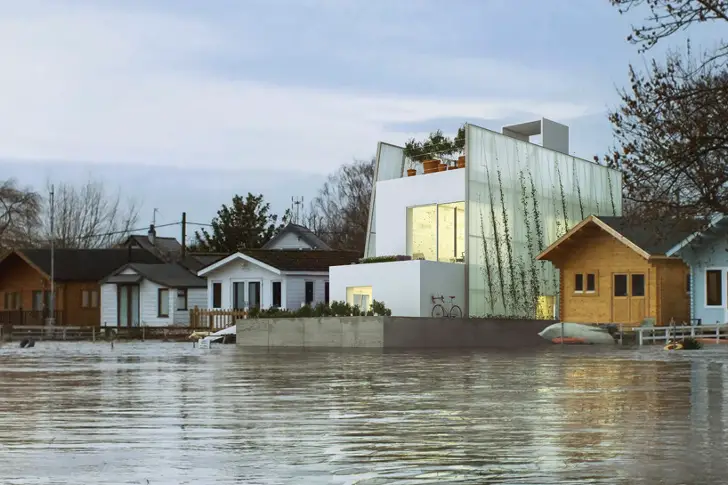
How to Build a Floating House? “Floating Barn”
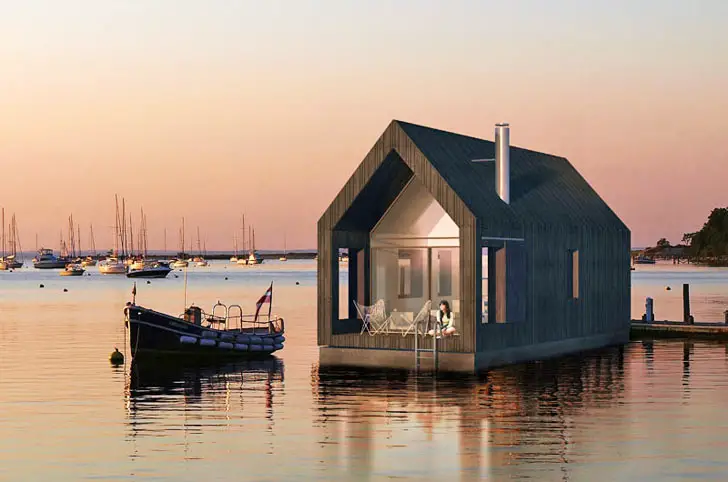
Floating Barn is a lakeside residence designed for long Latvian summers. The two-story house features living spaces, a bathroom and a small deck on the first floor, and a sleeping area is located on the second floor. By using one material for both walls and roofs, a homogenous look is achieved. The pontoon base of the house features storage tanks for clean water, filtered graywater and fuel.
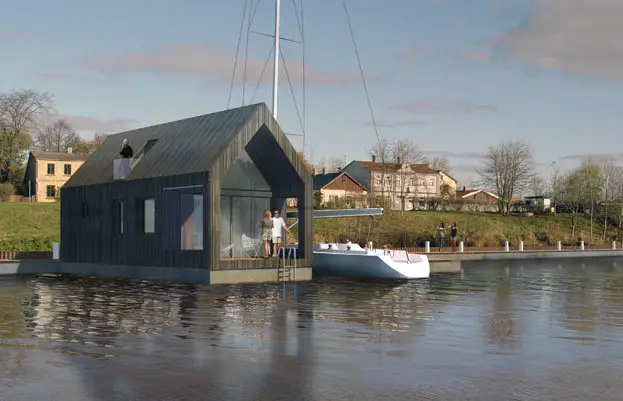
Credits: inhabitat.com, dwell.com
Photo credits: inhabitat.com















